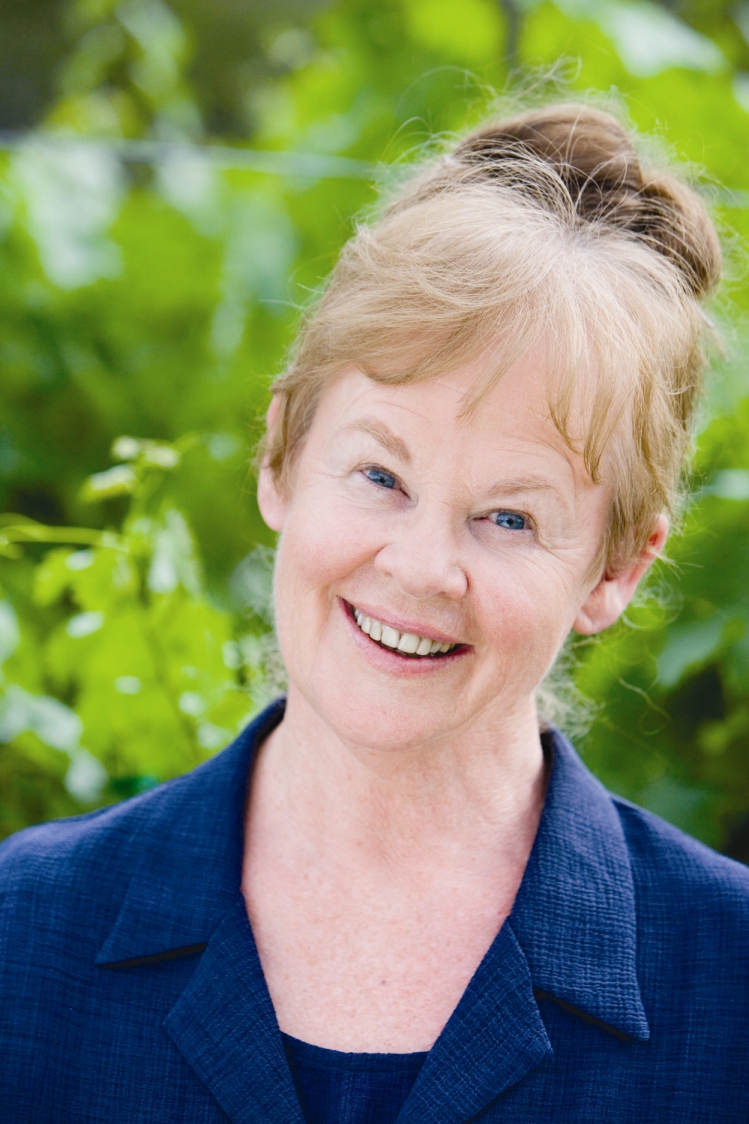
Lecturer: Jennifer A. Marshall Graves, geneticist, Australian National University
Date: Wednesday, Oct. 1, 2008
Time: 7:30 p.m.
Place: Aline Wilmot Skaggs Biology Building Auditorium, University of Utah
FREE AND OPEN TO THE PUBLIC
The origin and evolution of sex chromosomes and sex-determining genes in humans, kangaroos and other mammals will be the subject of a free public lecture at the University of Utah by Australian geneticist Jennifer Graves.
A species’ chromosomes change slowly with the passage of generations, and their evolution can be studied by comparing the genomes of many distantly related species. Sex chromosomes are of special interest because they evolve relatively quickly and in unusual ways.
For example, in humans and other placental mammals, females have two X chromosomes but males have one X and one Y. The Y chromosome carries just a few genes, most of which are active only in the testis. In contrast, the X is an average-sized chromosome with many hundreds of genes, and it seems to have more than its fair share of genes involved in reproduction and intelligence.
“How did our sex chromosomes become so weird?” asks Graves, professor of comparative genomics at Australian National University and director of the Australian Research Council’s Center of Excellence for Kangaroo Genomics.
“We have approached this question by comparing the chromosomes, genes and DNA sequences of the most distantly related mammals, along with birds and reptiles which have completely different sex-determining systems.”
The genomes of Australia’s unique marsupial mammals, such as kangaroos, and its monotremes, such as the platypus, are providing a wealth of information about mammalian genome evolution.
This diversity has allowed Graves and her colleagues to reconstruct the history of mammalian sex chromosomes. The egg-laying platypus has bizarre sex chromosomes much like those of birds, while kangaroos show that the sex chromosomes of ancient live-bearing mammals were substantially different from those of modern placental mammals such as humans.
Our X and Y evolved from an ordinary chromosome pair, with the Y degrading progressively at a rate suggesting it could disappear entirely in just five million years.
“But this won’t mean the end of males,” Graves says. “If humans haven’t gone extinct by then, new sex-determining genes and chromosomes will evolve, perhaps leading to the evolution of new hominid species.”
Graves received a B.Sc. with honors from the University of Adelaide in 1964 and an M.Sc. in 1967, for work on inactivation of the marsupial X chromosome. She then received a Fulbright Travel Grant to attend the University of California, Berkeley, where she earned a Ph.D. in 1971 for work on the control of DNA synthesis.
In 1971, Graves returned to Australia as a lecturer in genetics at La Trobe University. Her research interests focused again on marsupials and she became involved in gene mapping. She became a professor of genetics at La Trobe in 1991, where she pioneered cellular and molecular approaches to shed light on the organization, function and evolution of mammalian genomes. In 2001, she took a position at the Research School of Biological Sciences, Australian National University, as head of the Comparative Genomics Research Unit. Her laboratory is responsible for much of what is known about marsupial and monotreme genetics and genomics. She is especially well known for her work on the origin and evolution of mammalian sex chromosomes and sex-determining genes.
The Frontiers of Science lecture series is one of the longest-running lecture series in University of Utah history. The series is co-hosted by the College of Science and the College of Mines and Earth Sciences.
